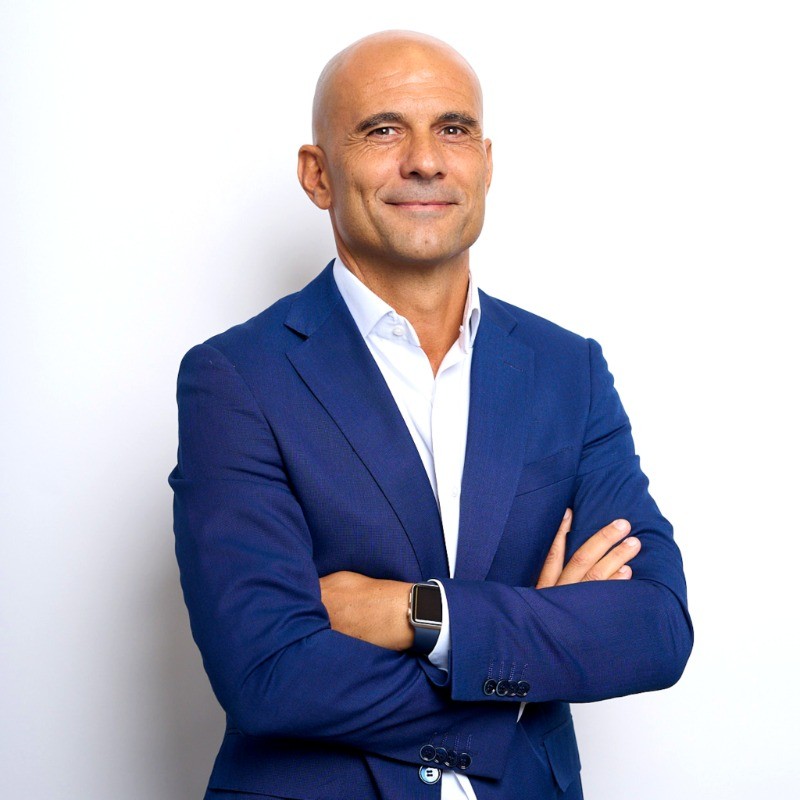Interview with
Coaching as a Mirror: You Learn by Looking Within

Coaching as a Mirror: You Learn by Looking Within
Contents
- How do you know if a coaching or mentoring program is truly having an impact, beyond satisfaction surveys?
- What are the signs that an organization is “ready” to integrate coaching or mentoring into everyday life?
- Is there a difference in how managers and junior talent experience coaching? How do you prepare them?
- How do you recognize “quiet” leadership potential that may not show up on traditional radars?
- What is one gesture or ritual that has truly made a difference in the culture you’ve led?
- What aspect of culture is most often underestimated by leadership teams?
1. How do you know if a coaching or mentoring program is truly having an impact, beyond satisfaction surveys?
I notice it in behaviors: in those who change their language, in those who start asking deeper questions, in those who take responsibility for difficult conversations. And when someone who went through the journey — even if initially skeptical — ends up recommending it to others, that’s when I know we’re on the right path.
2. What are the signs that an organization is “ready” to integrate coaching or mentoring into everyday life?
The first sign is when coaching and mentoring are no longer seen as “extras” but become part of daily life. When a culture promotes continuous learning and development. If people leaders truly believe in the growth of others and are willing to invest time and energy into it — if there’s openness to feedback and change, and a willingness to question oneself and try new approaches — the ground is fertile.
Also, the organization must have a clear strategic vision and understand how coaching and mentoring contribute to business goals. These are not “nice to have” activities, but strategic investments. Finally, it’s essential to invest resources — time and budget — to ensure the program is sustainable.
3. Is there a difference in how managers and junior talent experience coaching? How do you prepare them?
I’m not a fan of generalizations. Yes, there are differences, but they’re not only about seniority or generation — they’re also personal and attitudinal.
Managers often have clearer expectations, tied to a well-defined career path they want to maintain. Younger people have a lot of curiosity and fewer biases, but if the organization doesn’t support them, they might not grasp the value of coaching from the start.
Clarity is key for everyone involved: coaching is a safe space to reflect, practice, and learn — but it needs to be clearly communicated.
4. How do you recognize “quiet” leadership potential that may not show up on traditional radars?
I don’t believe much in classic leadership models, though I’ve had role models who inspired me.
I’m drawn to those who speak little but listen actively and empathetically, those who build deep, conflict-free relationships and long-lasting trust.
Those who don’t make noise but leave a mark through clear, intentional actions and behaviors.
5. What is one gesture or ritual that has truly made a difference in the culture you’ve led?
Asking, “How are you today?” at the beginning of a meeting. Creating a space for authentic listening is revolutionary — it removes the masks and centers the person.
Adding today to the usual how are you raises awareness and invites an honest response, because I genuinely care about how you are right now.
It becomes a third space where we can align through shared vulnerability.
6. What aspect of culture is most often underestimated by leadership teams?
The management of emotions.
We’re still not used to recognizing emotions, naming them, or listening to what they tell us. We struggle with this in ourselves, and even more so with others.
An organizational culture that welcomes all emotions and values the constructive ones gives itself the chance to truly include people and let them express themselves.
This builds a psychologically safe environment, where performance is not a straight, unsustainable line — but a living wave made of momentum, pauses, learning, and connection.
A culture that embraces emotions is a culture that chooses to be human — and therefore, sustainable over time.
Similar posts
Ragione sociale: Pack Srl
Sede legale e domicilio fiscale: Via Marconi 45, Bologna (BO) 40122, Italia
CF e P.IVA: IT04040451207
Codice destinatario SDI: USAL8PV
N. Iscrizione Registro Imprese: 04040451207

.png)














